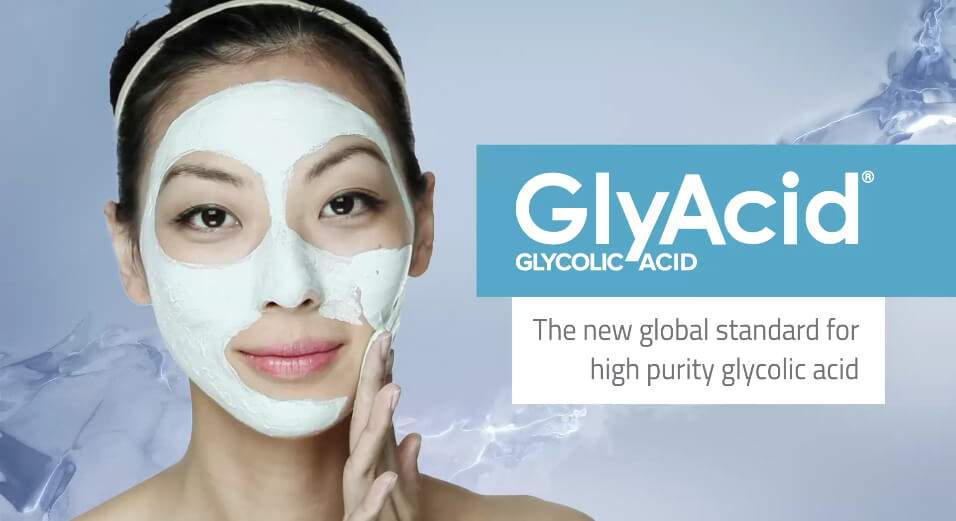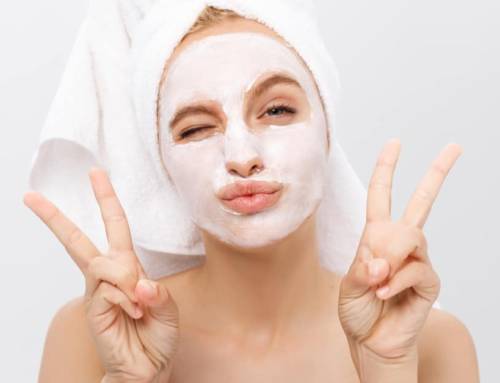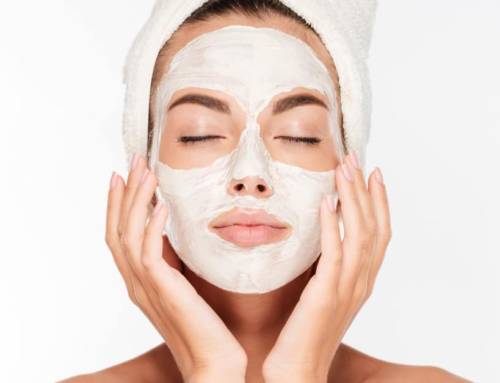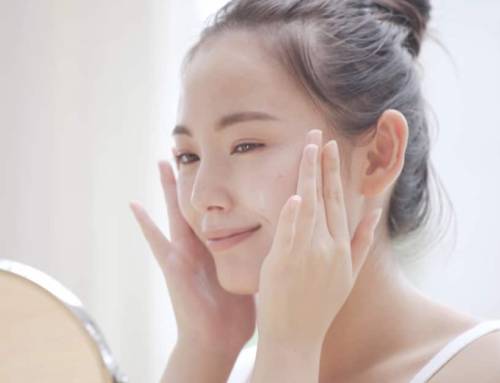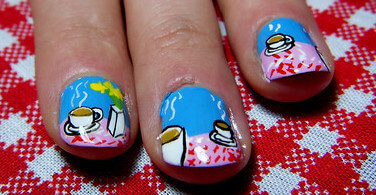
Preventing “Nail Art” Damage with Glycolic Acid
“With cool textures, sheens, and nail embellishments resulting in designs from ornate to just plain futuristic, there has been an unprecedented level of interest in nail art as well as the nail industry. Nails have become part of the whole outfit, with adhesives providing a never-before-achieved level of intricacy to manicure designs,” writes Refinery29.
With this current focus on nails as an accessory, it’s no surprise the global nail care market is growing. Encompassing nail polish, nail wraps/extensions, nail art, nail polish remover, manicure products, pedicure products, and other product types, the global nail care market is set to reach $13.31 million USD by 2024, growing at a CAGR of 5.9% over the forecast years, according to Goldstein Research.
“The global nail care market is growing significantly as nail care is one of the important aspects of personal grooming. As per our statistics, 85-90% of women and 10-12% of men use the nail care products across the world. With the increasing affordability, nail care products are high on demand such as for the nail strengtheners, backed with the continuous supply of nail care products from the nail care manufacturers,” according to the new research.
However, this exciting consumer interest in nail art and design can also have unfortunate side effects for nail health and appearance.
Damaging nails
Manicures, pedicures, and nail polish are now a regular and beloved part of life for many consumers. However, frequent exposure to nail polish, acetone, and other nail chemicals can lead to a plethora of problems for fingernails and toenails.
“I always recommend to my patients that it’s best to leave polish on for a few weeks on, and then remove the polish and go without for a few weeks,” said Dr. Joy Rowland, in an interview with Cleveland Clinic. “It’s not a good idea to leave nail polish continuously on your toes all summer. They need a break.”
Despite this oft-touted expert advice, most consumers engage in nail painting, manicures, and pedicures 1-4 times a month. But, this frequent nail polish usage comes at a cost to nail health.
A plethora of problems for fingernails and toenails.
First and foremost, frequent nail chemical use can make nails discolored or spotted. Since the nails are more permeable than the skin, chemicals or products, like polish, applied to the fingernails or toenails are absorbed into the layers of the nail very quickly. For more sensitive nails, frequent application of polish might simply be too much stress for this delicate area of the body. Even worse? When nail polish is left on for too long, the polish pigment can not only dry out the nail, it can also allow mildew, mold, and bacteria to grow and develop underneath the nail plate, leading to more serious health problems.
Additionally, the frequent use of nail polish and nail chemicals can lead to peeling nails, or an uneven, bumpy, and rough texture.
The secret solution to healthy nails
Luckily for nail-art and mani-Monday obsessed consumers, there’s no need to stop the manicures and pedicures just yet.
Scientific research has uncovered a new hero ingredient for the maintenance of healthy nails. Glycolic acid, the Alpha Hydroxy Acid most frequently used in skincare applications, is now also known to be incredibly beneficial for nails.
In a study of 31 patients, (22 participants with dry, rough, discolored nails and 9 participants with hyperkeratotic (thickened) nails), each had 70% glycolic acid applied over the nail plate for 45 minutes. Participants with dry, rough, or discolored nails had a single application, while the participants with hyperkeratotic nails had multiple glycolic acid based applications. The objective of this study was to determine if “70% glycolic acid for controlled keratolysis of the nail-plate, resulting that could result in shinier, smoother and brighter nails.”
And the results of this glycolic acid treatment study were extraordinary:
“In the 22 patients with dry rough nails, 80% showed good improvement, 10% showed average improvement, whereas 10% were non-responsive. Nine patients with thickened nail plate showed good improvement in 60% average improvement in 25% improvement and 15% were non-responsive, after multiple sessions….
Conclusion: controlled keratolysis of the nail plate with application of 70% glycolic acid can be a promising treatment for modality for thick, uneven, rough and pigmented nail-plate conditions with cosmetically pleasing results.” – “Glycolic Acid Peels for Nail Rejuvenation,” Journal of Cutaneous and Aesthetic Surgery
For consumers and formulators alike, this study is great news. Glycolic acid based nail treatments can help create healthier more attractive nails by evening out nail color, texture, and reducing nail thickening.
Nailing the future
As market research shows, nail care products will continue to grow in popularity for consumers around the globe. Offering glycolic acid-based nail care formulations, backed by scientific research, will be the most potent way to hit a home run with nail-obsessed consumers over the next five years.

